Grade 5 - Manitoba Math - Full Year Bundle
Grade 5 - Manitoba Math - Full Year Bundle
Interested in a bundle? Shop below instead!
Couldn't load pickup availability
PRODUCT PREVIEW
DIGITAL AND PDF INCLUDED! Grade 5 - Manitoba Math Curriculum Updated 2013 – This resource covers all expectations in the Grade 5 – Manitoba Math Curriculum. This product contains 866 activity sheets.
Check out each of the strands below to learn more about the resources included in this bundle.
Strand 1 - Number (Number Sense)
- Composing and decomposing whole numbers to one million
- Representing, ordering, and comparing numbers to one million
- Comparing decimal numbers and fractions
- Equivalent fractions
- Comparing and ordering fractions with like and unlike denominators
- Read, represent, compare, and order decimal numbers up to thousandths
- Mental math – multiplication and division
- Use estimation strategies to solve problems (front-end, compensation, clustering)
- Multiplying up to 2-digit by 4-digit whole numbers using a variety of strategies
- Divide up to 4-digit by 2-digit whole numbers using a variety of strategies
- Adding and subtracting whole numbers and decimals numbers
- Compare and order decimals and fractions
- 4 Unit Tests – Place Value, Multiplying and Division, Decimals and Fractions, Adding and Subtraction (Decimals)
Strand 2 - Patterns and Relations
- Repeating Patterns (different shapes, sizes, colours, orientations)
- Increasing/Decreasing patterns using all 4 operations (addition, subtraction, multiplication and division)
- Determining pattern rules and pattern cores
- Extending increasing, decreasing and repeating patterns
- Determining pattern core in repeating patterns
- Using table of values to find patterns
- Pattern Blocks
- Difference between expressions and equations
- Solving equations using variables
- Writing expressions and equations that represent a mathematical situation
- Balancing equations using all 4 operations
- Evaluating equations deciding if they are equal (balanced)
- 2 Unit Tests
Strand 3 - Shape and Space (3-D Objects and 2-D Shapes)
- Calculating area of rectangles
- Calculating area of rectangles using missing information
- Calculating perimeter of rectangles and irregular shapes
- Understanding the relationship between perimeter and area
- Measuring length using mm, cm, and m
- Using referents to estimate length in m, cm and mm
- Converting mm, cm, and m units and understanding the relationship between them
- Understanding volume of rectangular prisms using referents to estimate
- Calculating volume using cubes
- Calculating volume using the formula – l x w x h
- Understanding of capacity
- Understanding the relationship between mL and L
- Estimating the capacity of containers
- Calculating the capacity of containers using an experiment
- Understanding parallel, intersecting, and perpendicular lines
- Describing parallel, intersecting, and perpendicular lines in 2-D shapes and 3D objects
- Identifying, sorting, and describing quadrilaterals (rectangles, squares, trapezoids, parallelograms, rhombuses) using their attributes (diagonals, symmetry, lines)
- Identifying transformations – translations, rotations, and reflections
- Performing transformations – translations, rotations, and reflections
Strand 4 - Statistics and Probability
- Difference between first-hand data and second-hand data
- What a population is and how to choose a population to survey
- Understanding the importance of random sampling
- Investigating the different random sampling techniques
- Using tally marks
- Using frequency tables
- Interpreting bar graphs and double-bar graphs
- creating double bar graphs
- Creating an appropriate scale for a graph
- Creating and interpreting infographics
- Drawing conclusions about different sets of data
- Thinking critically about misleading graphs
- Creating misleading graphs
- Describing the likelihood of a single event using words such as impossible, possible, and certain
- Describing the likelihood two or more outcomes using the terms - impossible, less likely, equally likely, more likely, and certain
- Using a probability line to decide the probability of an event
- Using fractions to represent the probability of an event
This is a comprehensive unit that will save you hours of planning! It has been tested and found effective in helping students achieve the specific learning outcomes created by Manitoba Education.
Share
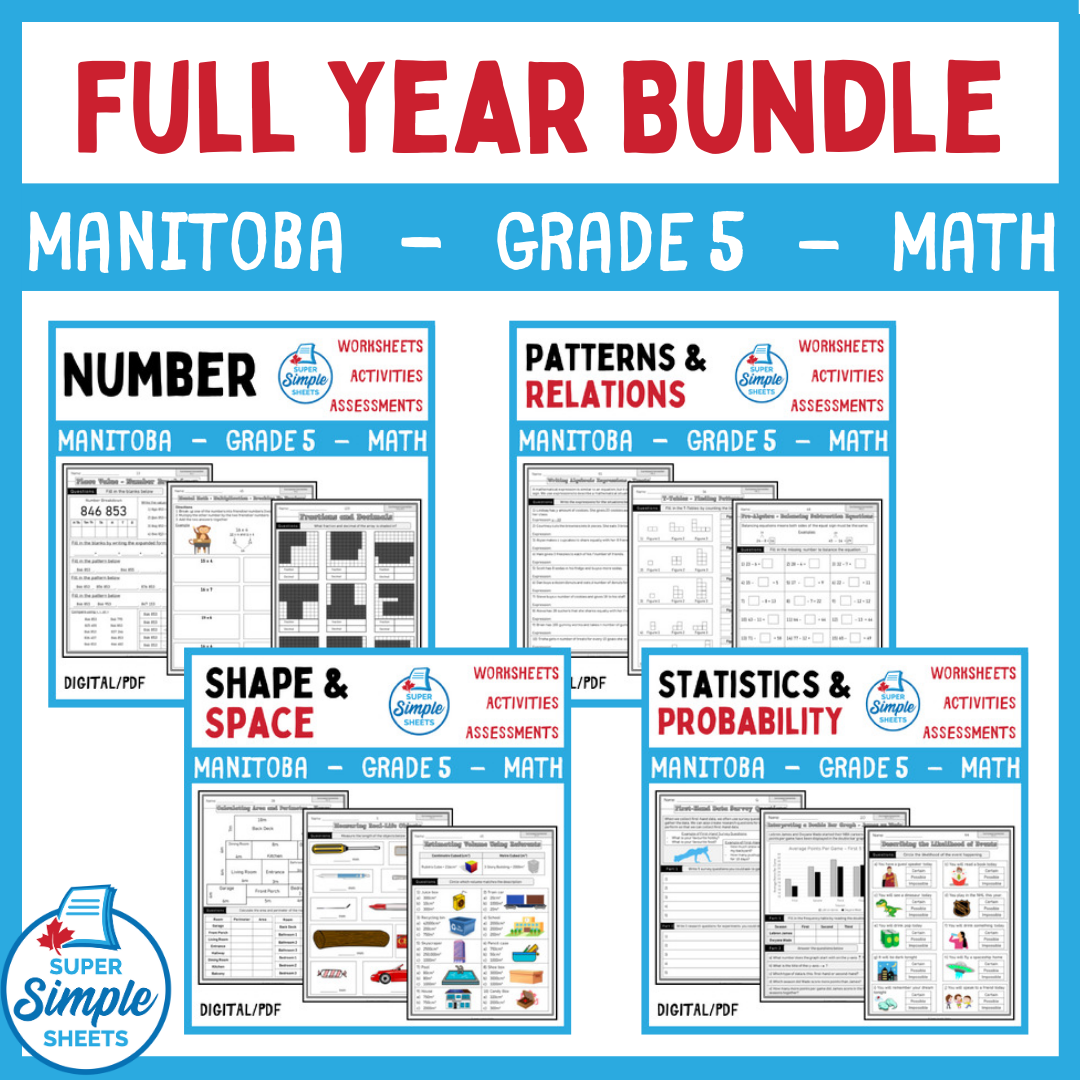
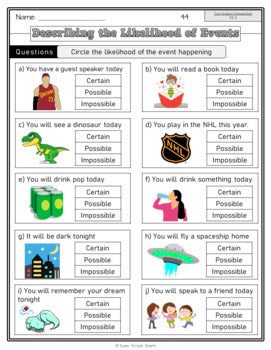
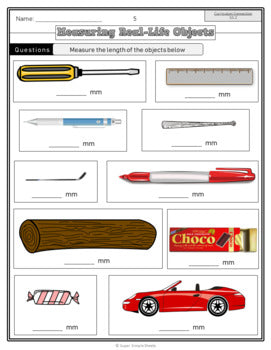
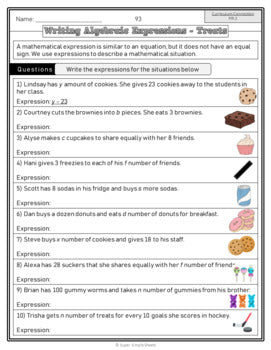
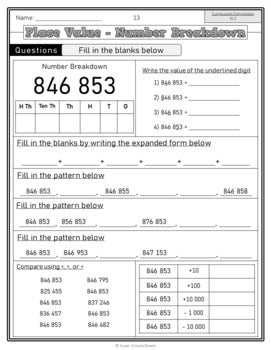
no comment yet








